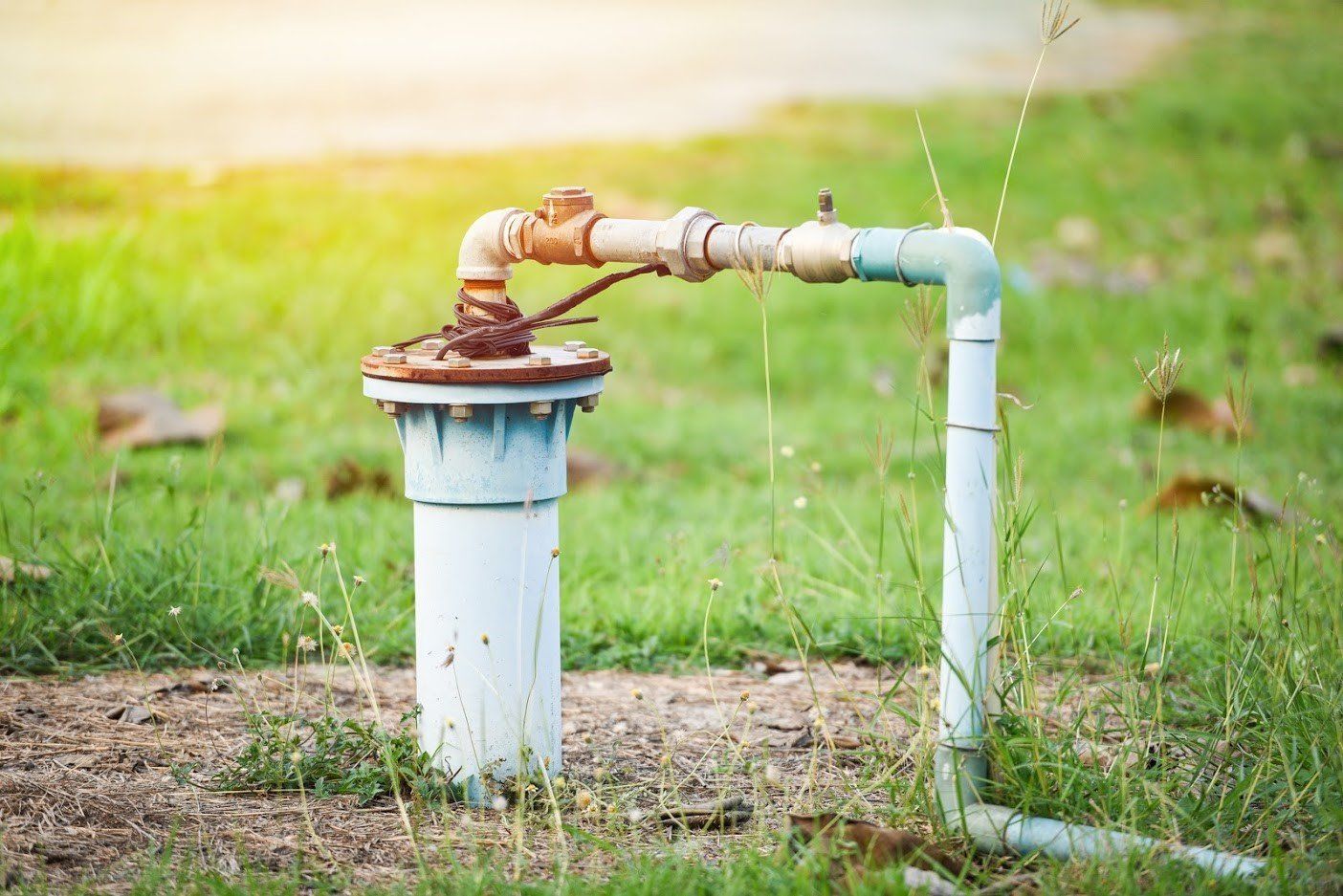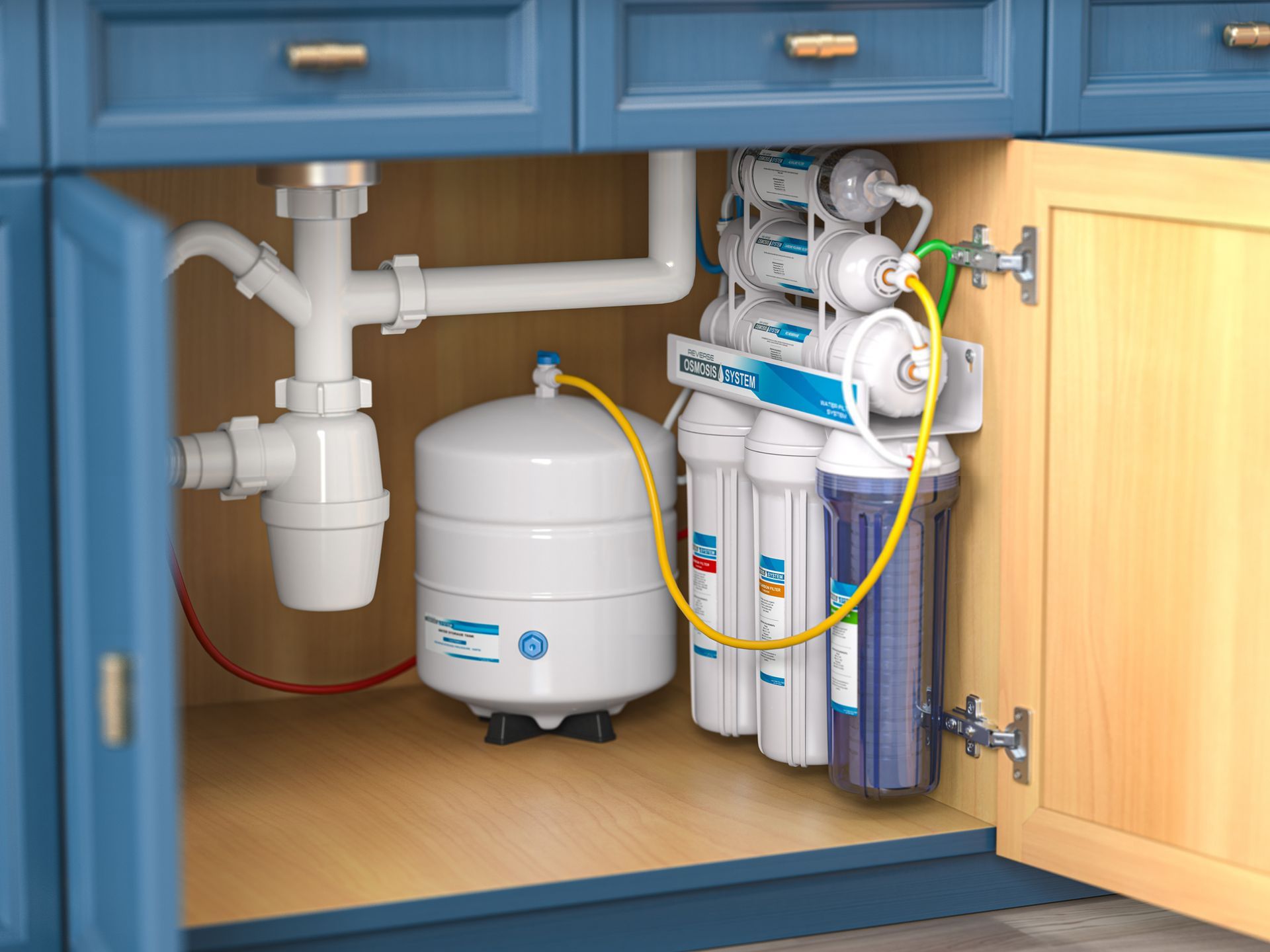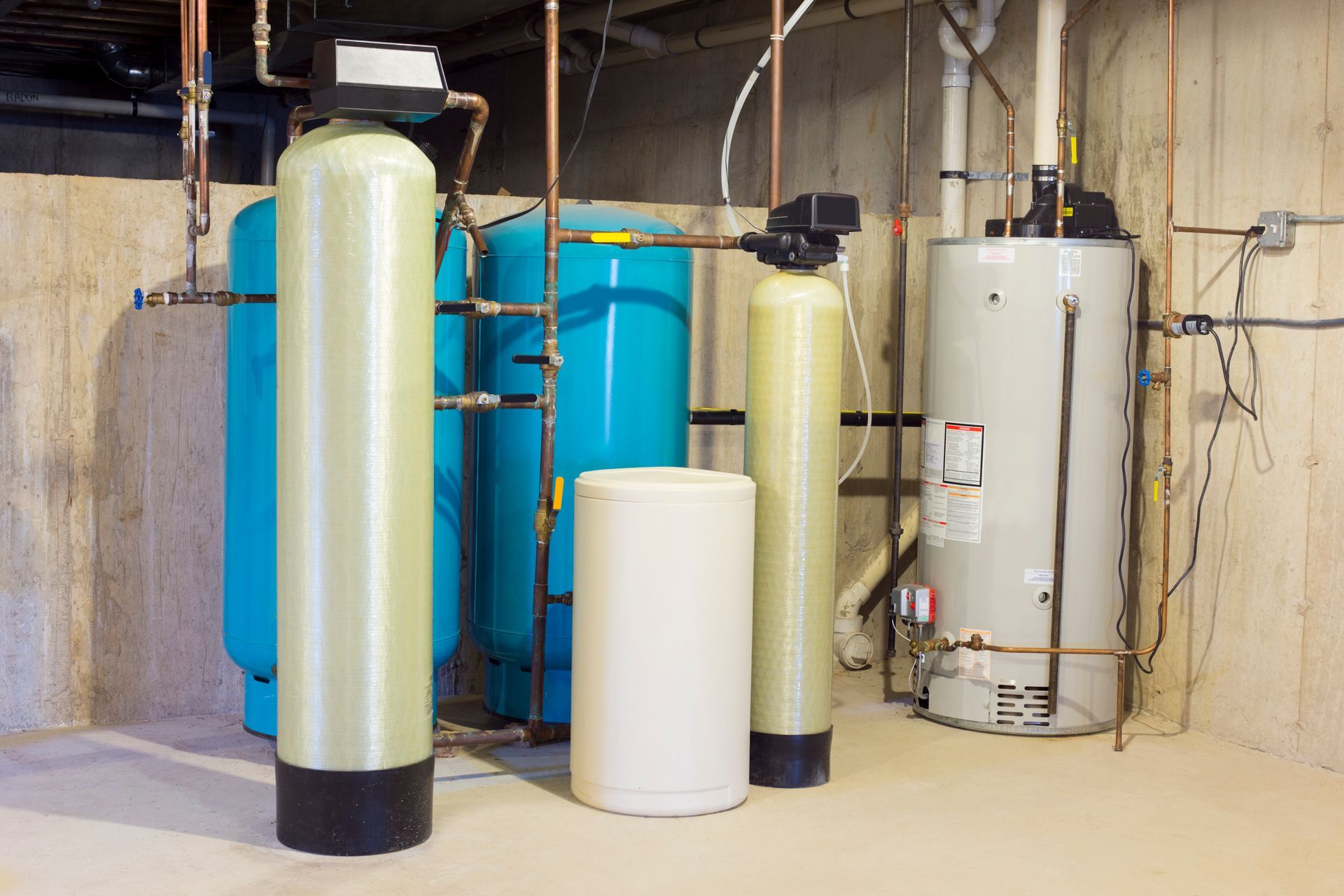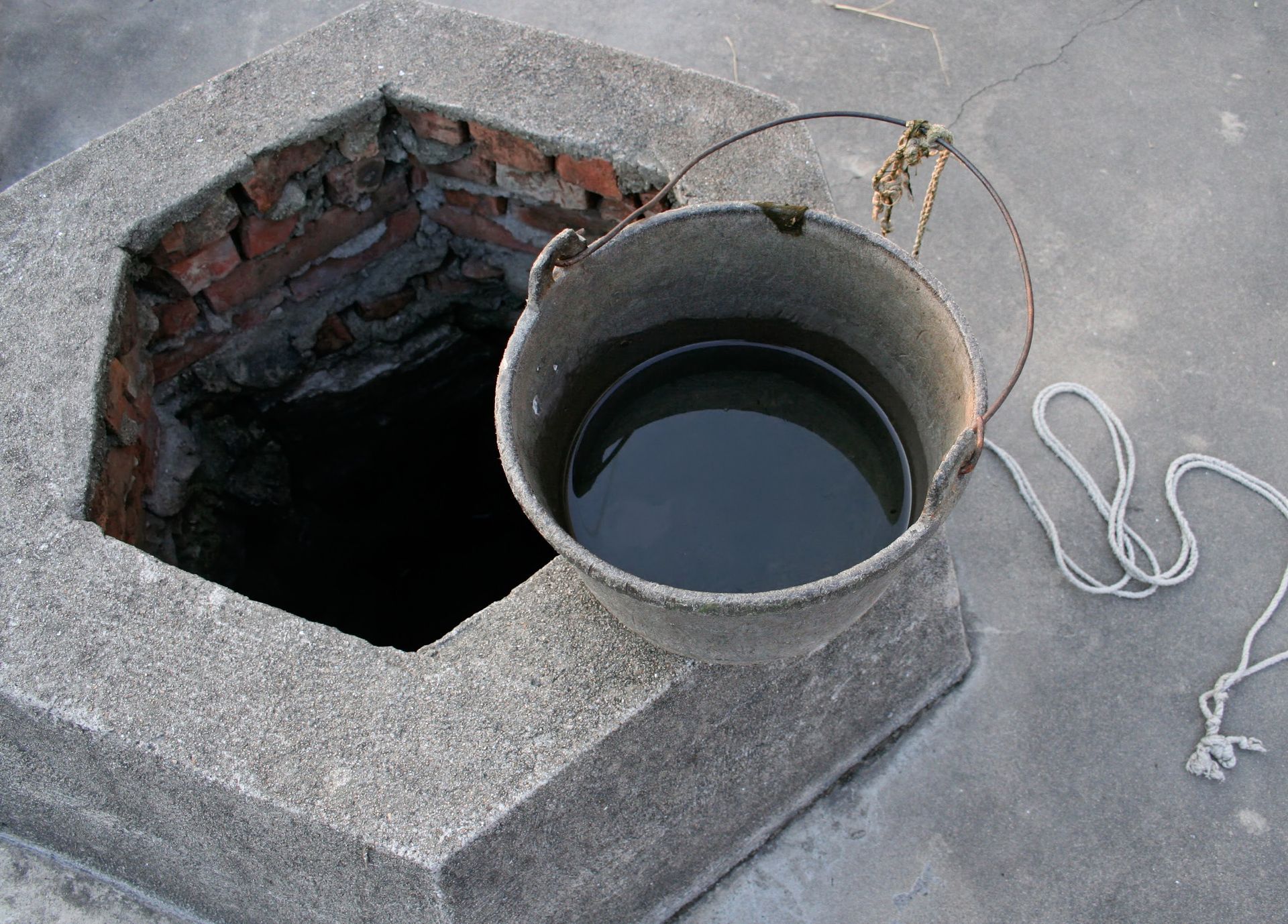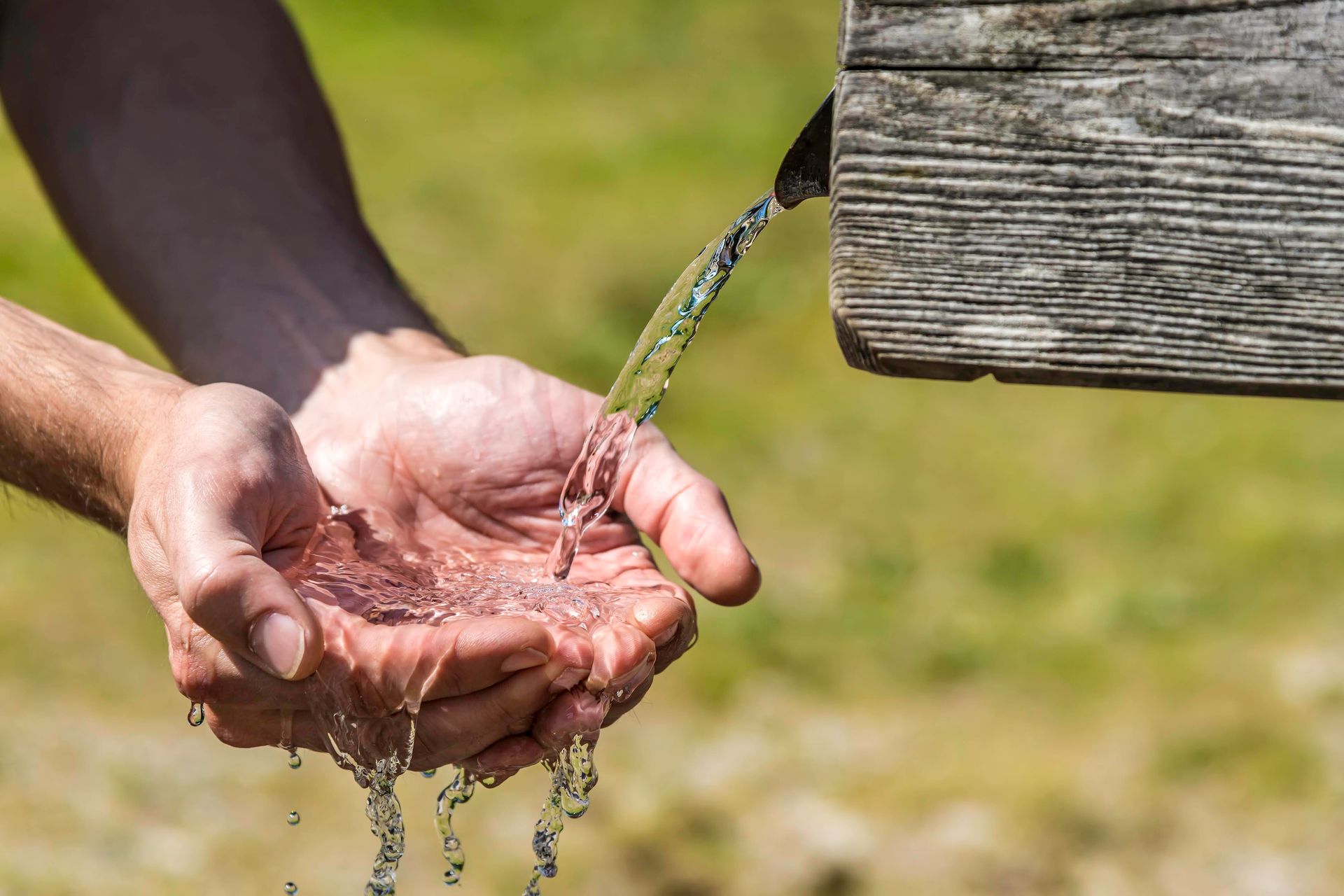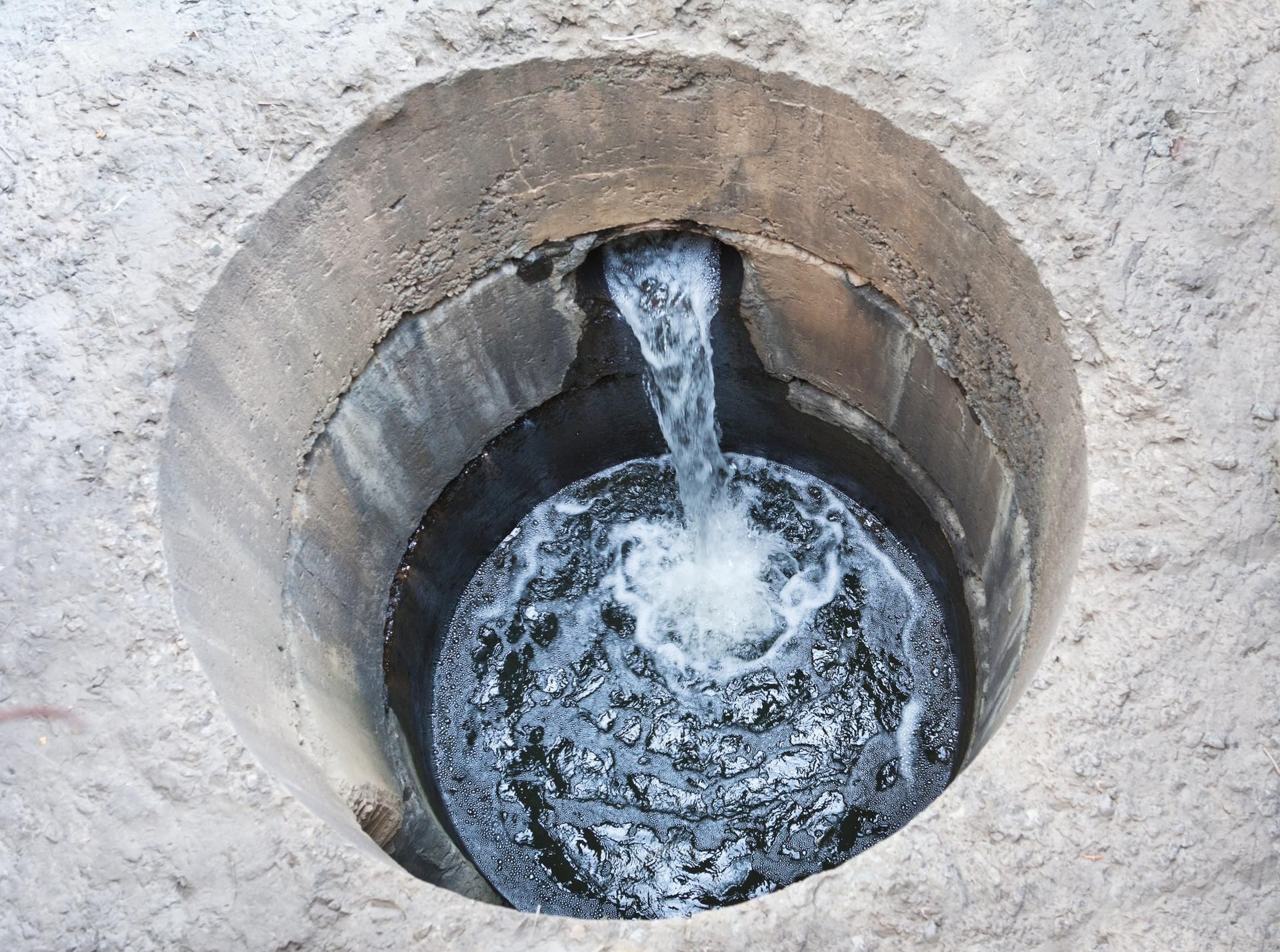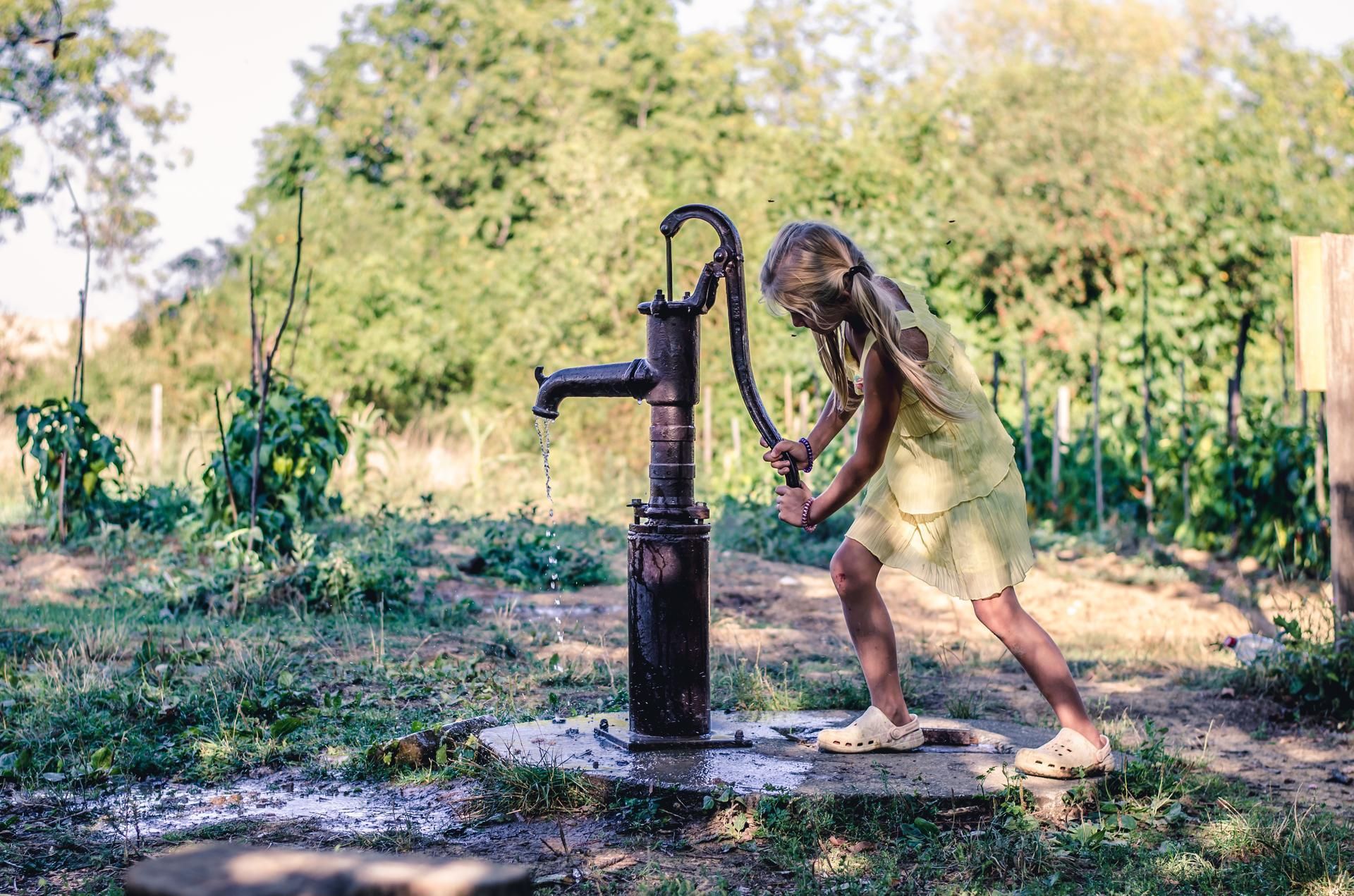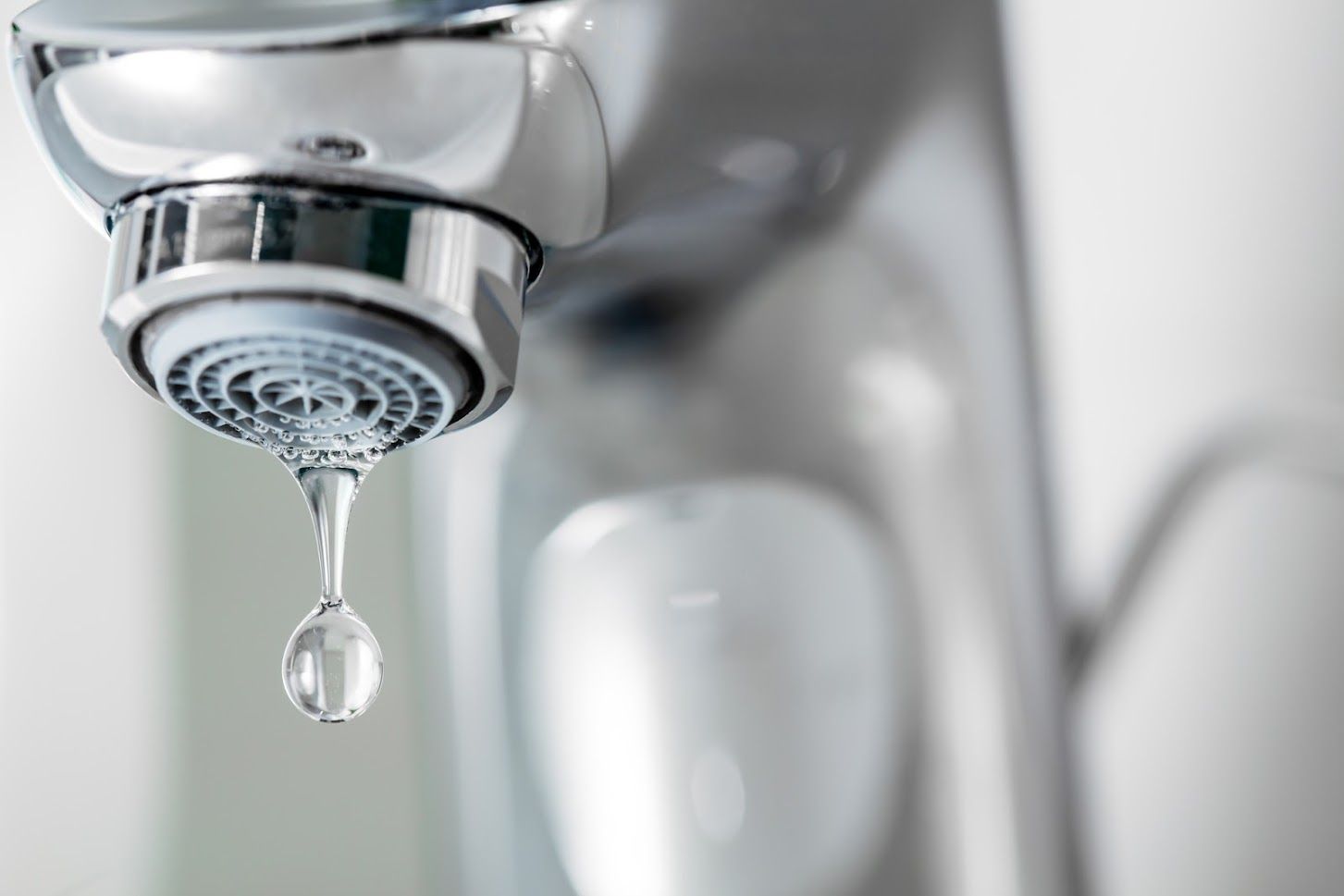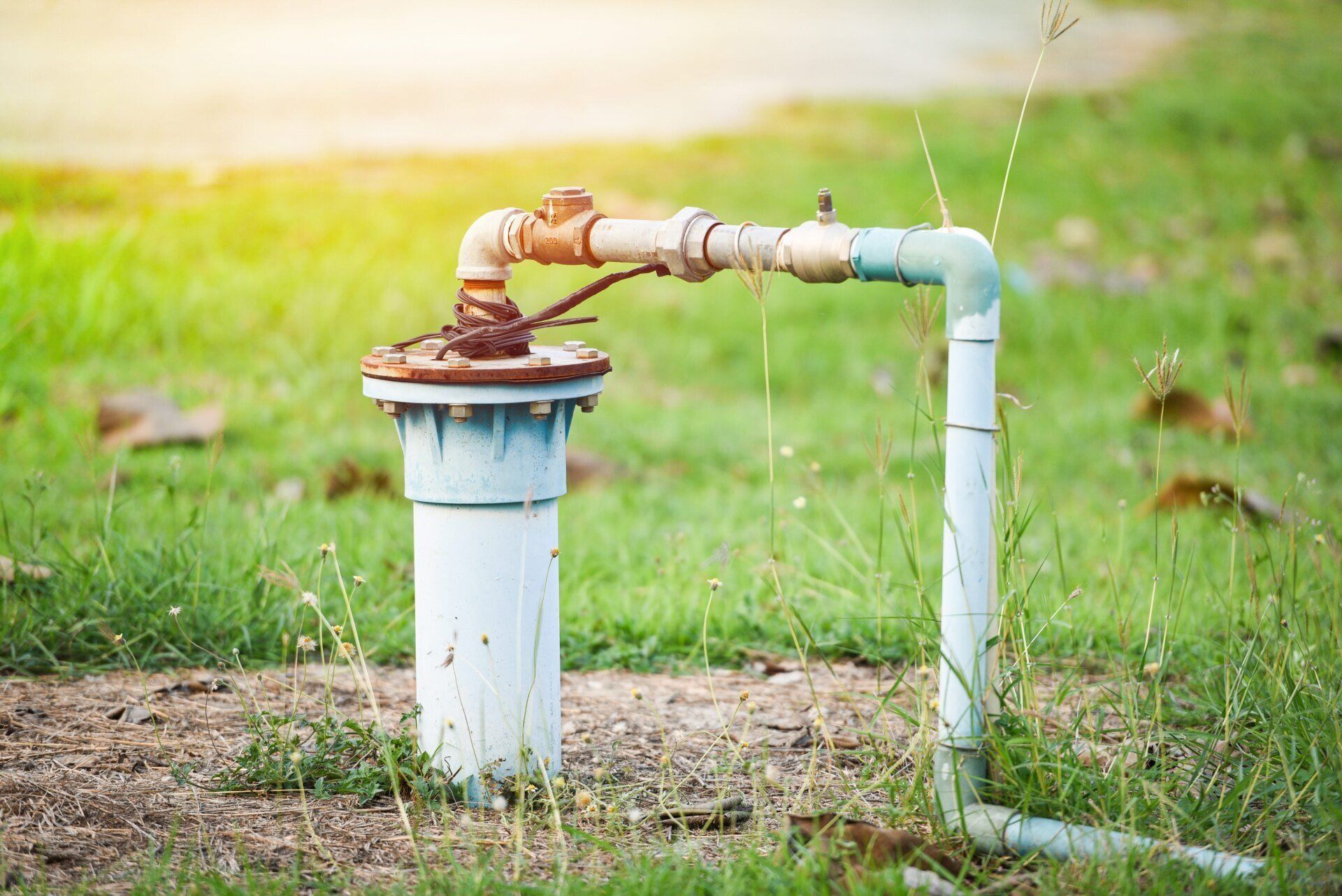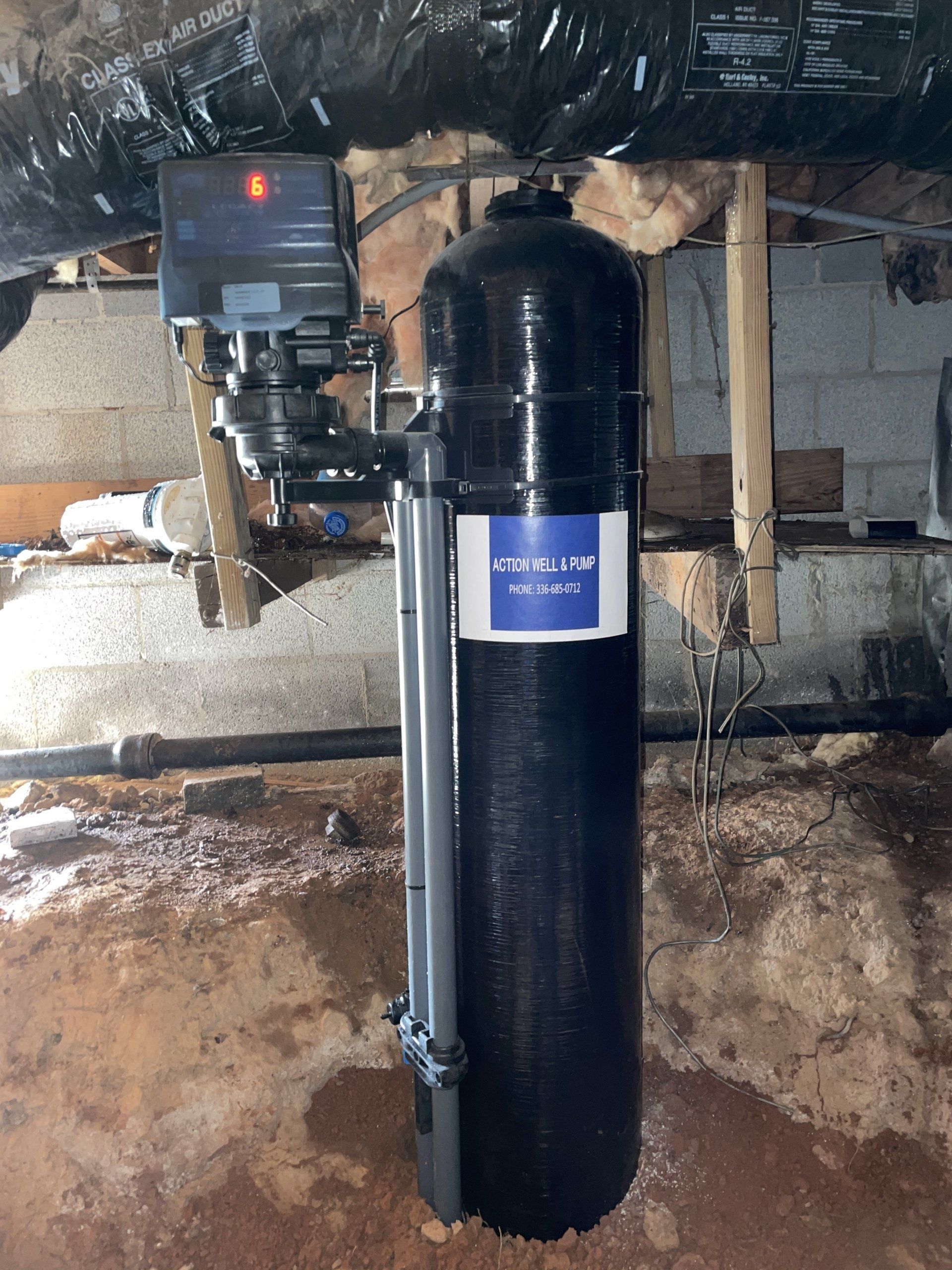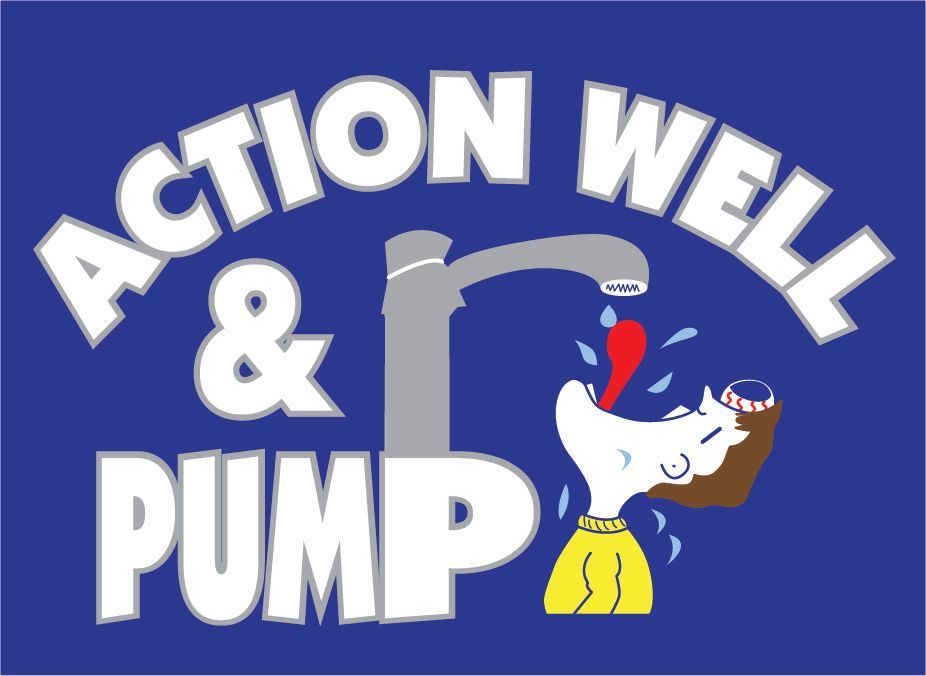
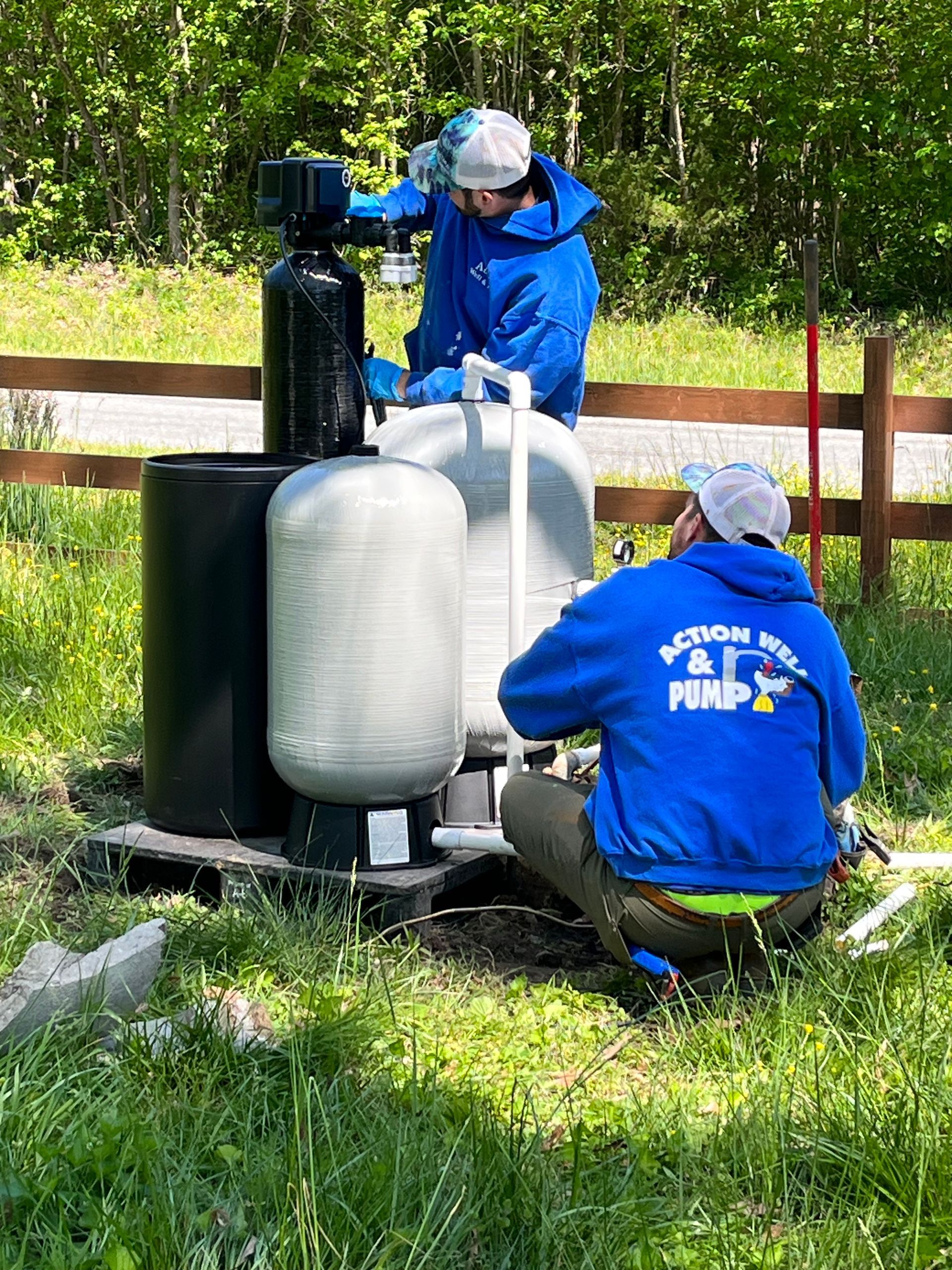
Locally Owned For Over 30 years Providing Excellent Service
Well Repair, Well Pump Repair, Pressurized Bladder Tanks, All Types Of Water Filtration
Learn About Submersible Well Pumps and Signs of Pump Failure
When choosing a choosing a submersible pump, it remains underneath the water in your well, completely submerged.
A protective layer protects your pump from the water, but age and general wear and tear may still damage it. Since you physically can't see the pump, you must watch for signs of submersible jet pump failure.
Introduction to Submersible Pumps
Your submersible pump's purpose is to move the water from the well to the surface.
First, the pump pulls the water into the intake. In the intake, an impeller rotates the water and propels it through a part known as the diffuser. After this process, the water heads for the surface, where it eventually enters your home.
Because the pump has so many moving components, these parts may wear out over time. Sediment that remains in your pump may also cause erosion. If you leave these issues unaddressed, they can progress into more serious problems, possibly causing complete pump failure. Therefore, you must look for certain issues that denote a problem.
Keep in mind that an average pump lasts anywhere from 8 to 15 years.
Signs Your Pump Is Failing
Changes in how water comes out of the faucets are the most common signs of pump failure or problems with your pump.
Absence of Water From the Faucet
One sign of submersible pump failure is a lack of water from your faucet. If you notice water isn't flowing from your faucet, check your circuit breaker. Check to see if the circuit for your pump is in the off position. Turn it back on if it is.
If you still don't have water after checking the breaker, the problem could lie with your storage tank's pressure switch or the pump.
Increase of Electric Bill
Monitor your electric bill carefully. Often, when your appliances begin to fail, they work overtime to compensate. Ultimately, you experience an increase in your electric bill as a result. If your pump is failing, it may run more often to compensate, which will increase your bills.
Aeration at the Faucet
When you turn on your faucet, take note of the water flow and any noise. Sputtering is a sign of a failing pump, in some instances. Aeration at the faucet can also mean a bad check valve.
Change in Water Quality
Always monitor the quality of your water. Sediment can enter your pump, and if the pump isn’t working optimally, the sediment can get into your water and may cause it to appear muddy or cloudy.
Water Pressure Decrease
Sometimes, the first sign of pump failure is low water pressure. When this happens, you'll notice less water coming from your faucets. Since other issues in your plumbing system may cause changes in your water pressure, you should consult a professional before replacing the entire pump.
Easy Fixes to Check For
A pump failing, especially before anticipated, is uncommon. Some of the above-listed issues may stem from other pump-related issues, but not the pump itself.
For example, if your water table is too low, the pump can't access the water. Refrain from using your water for a few hours to give the water table time to refill. Then, check it again to see if you can get enough water.
Also, not all signs of pump failure mean you need to replace the entire pump. Sometimes, the problem is from a corroded, replaceable component.
Because the submersible pump is underwater and inaccessible to you, always hire a professional to check on it if you suspect pump failure. Other problems can cause the same symptoms and issues as pump failure, so a professional can inspect your entire plumbing system and make the right repairs.
Contact Action Well and Pump , serving various regions throughout NC, if you experience any of the aforementioned signs of pump failure.
